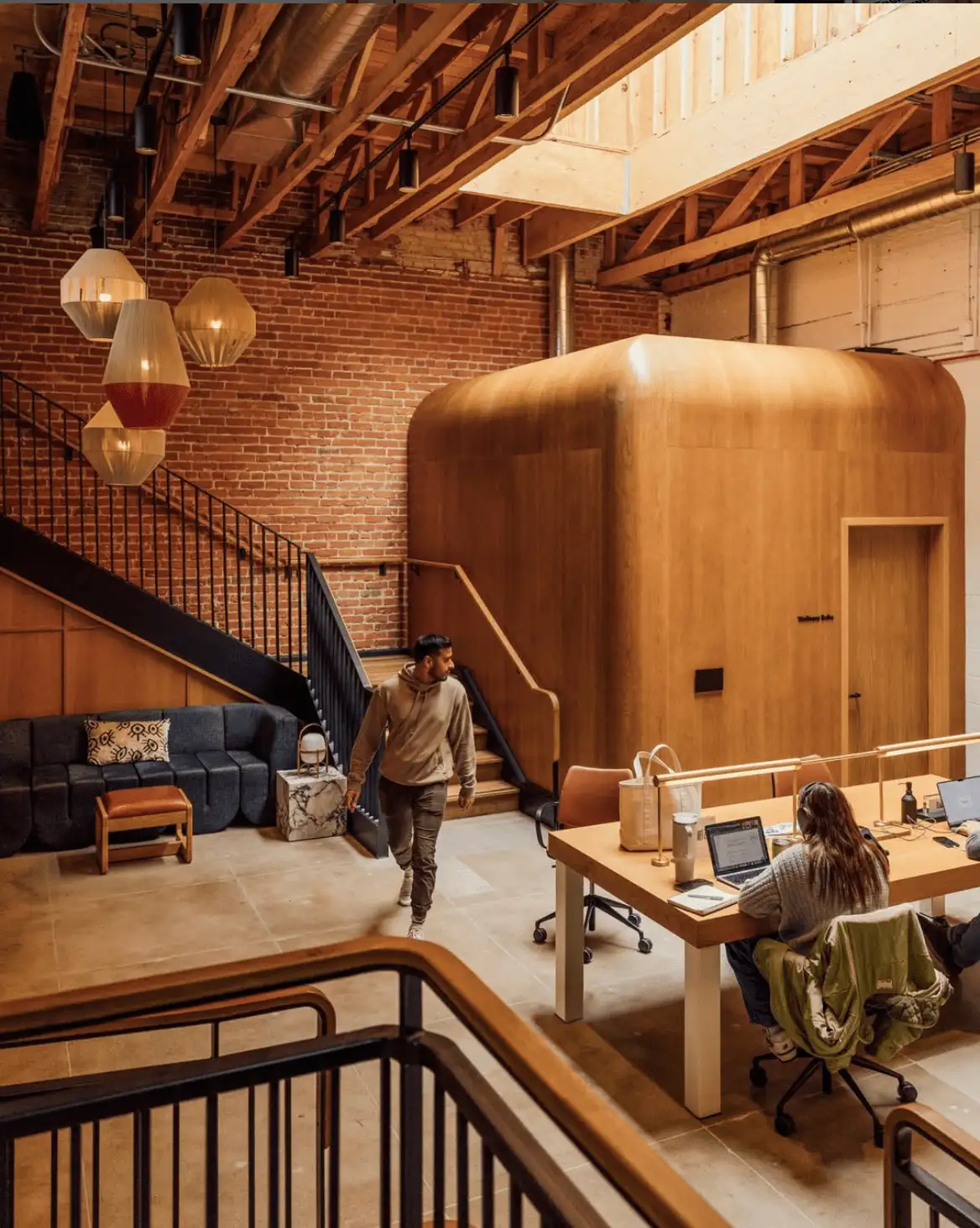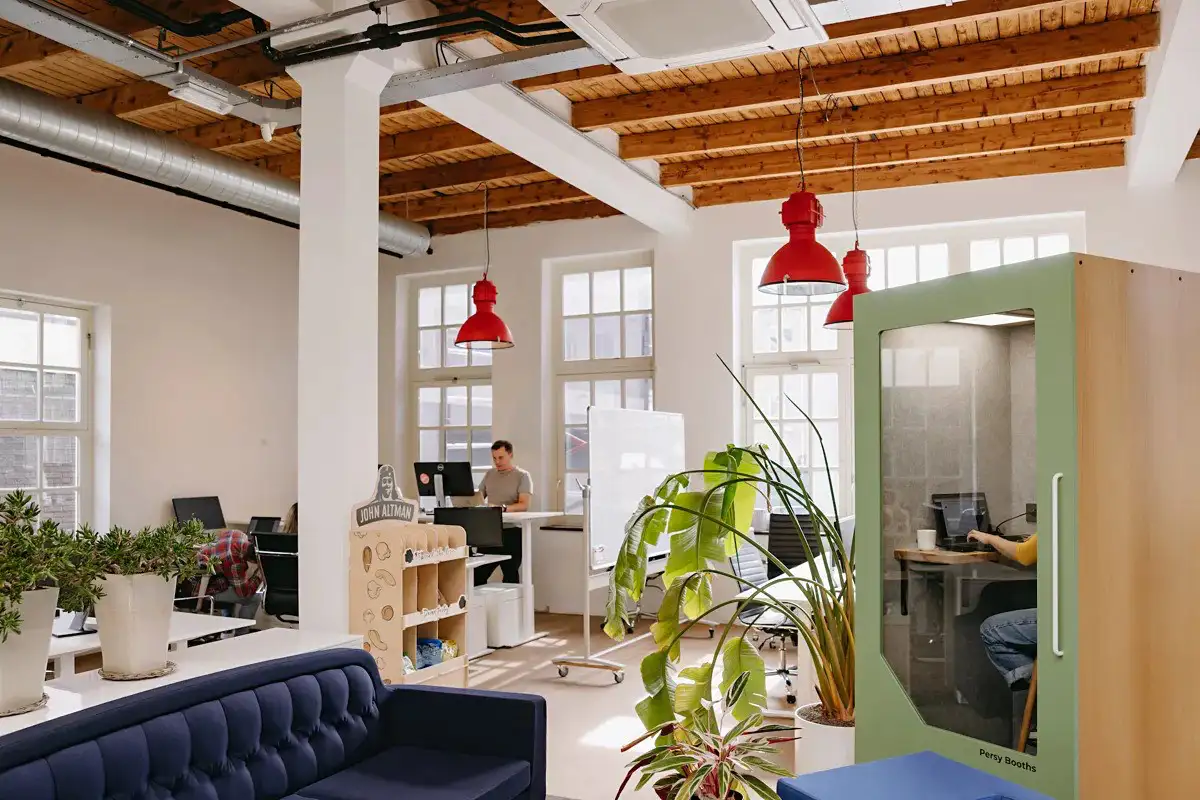What is flexible office space? Flexible office spaces are unlike traditional offices - they bring a new and more adaptable way of organising the workplace. They let you adapt quickly, cut overhead costs, and give employees the right mix of focus, collaboration, and comfort — without long term commitments.
Don’t wait for employees to complain or for competitors to do it first. Use this guide to find out what flexible offices are, how they work, and why they might be a smarter choice for your business – as well as how to do it within a sensible budget...

What Is Flexible Office Space?
A flexible office space is any workplace that’s designed to change with you. Traditional office space locks you into rigid desk layouts, fixed leases, and a one-size-fits-all approach. Flexible offices are different: you can mix coworking spaces, private offices, collaborative space, quiet areas, and open spaces depending on what your team needs.
Think of it as a flexible workspace that bends around your business, instead of forcing your business to fit a fixed setup.
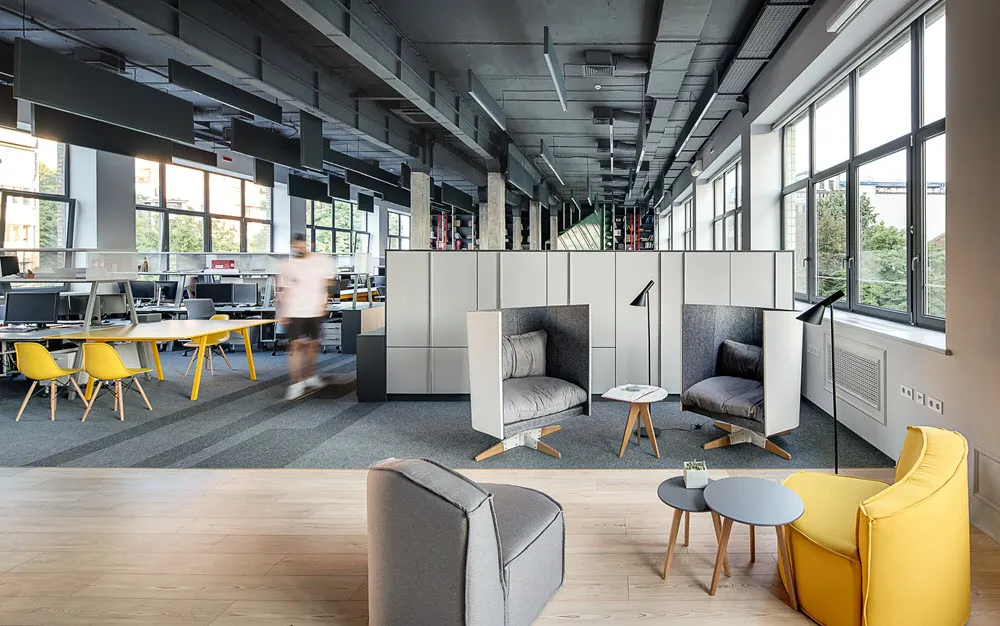
What Makes a Flexible Workspace Different?
Flexible office spaces share a few key traits:
- Flexible office layout – seating arrangements, desk layouts, and adaptable workstations that can be reconfigured as teams grow.
- Private office spaces & executive suites – for when teams need their own space.
- Coworking spaces – networking opportunities with other businesses while keeping costs down.
- All the amenities – meeting rooms, conference room access, cleaning services, and office equipment, without paying for an entire building.
- Smart design for flexible work – standing desks, hot desking, quiet areas, and smart technology that support both in person and remote employees.
In short, a flexible workspace gives you choice. Traditional offices don’t.
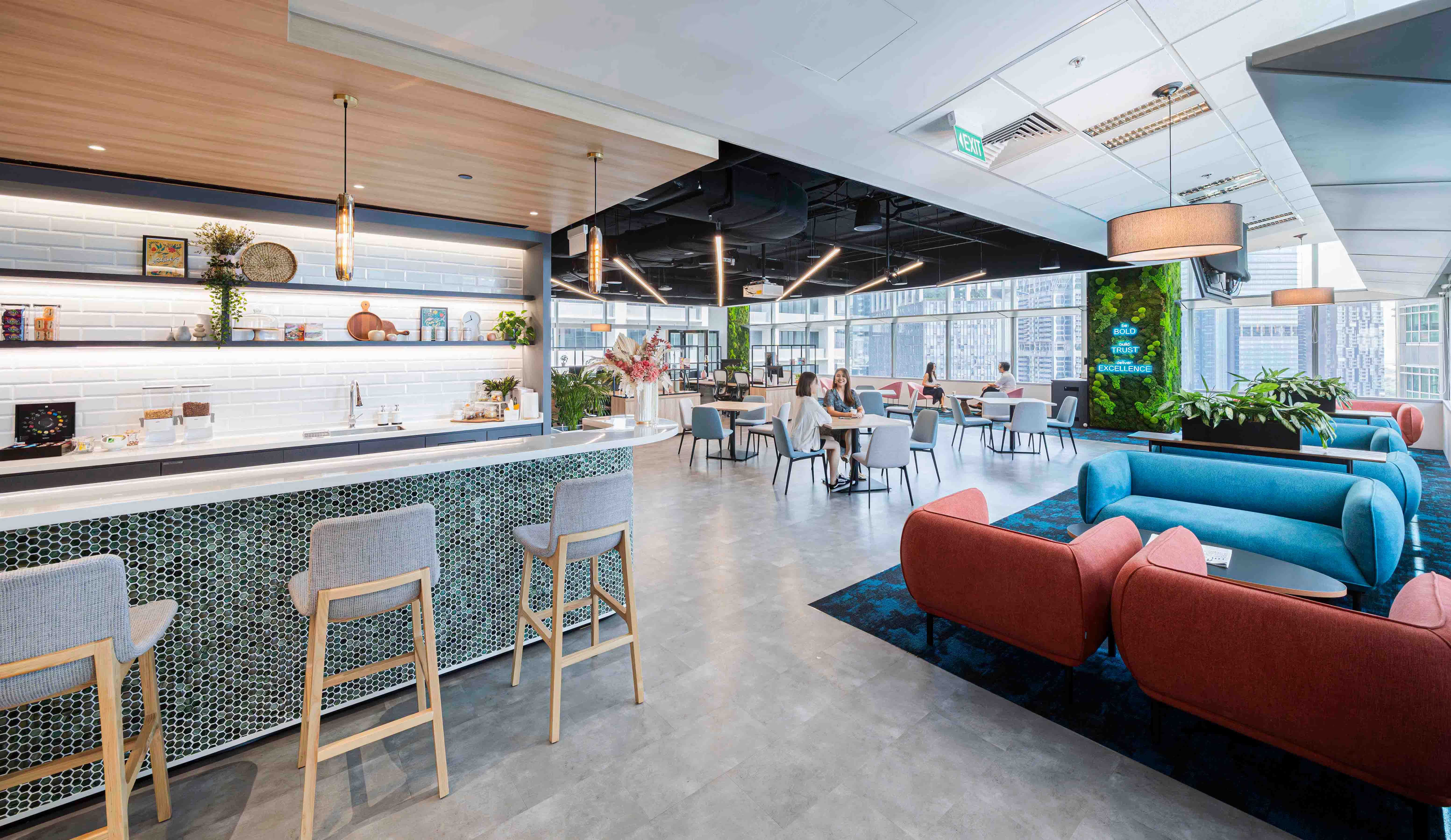
Benefits of Flexible Office Spaces
So what are the real benefits of flexible office design? In short, your employees work more productively, collaborate more effectively, and feel better – and the whole thing costs you less money. Let's dig into the detail:
1. Cost Savings and Agility
Many flexible office spaces run on simple monthly terms. That means you can scale your office footprint up or down without penalty. Whether you need extra meeting rooms for a project team or fewer assigned desks after a reshuffle, flex spaces help you control spend and avoid waste.
2. Enhanced Productivity and Focus
Flexible offices let you build an office layout that works for particular tasks. Need collaborative space for brainstorming? Use open spaces. Need quiet areas for focused tasks? Add booths or pods. Pods like Persy One provide employees with private office spaces for calls or work that needs full attention.
3. Enhanced Collaboration and Company Culture
A well designed flexible workspace creates better office culture. Employees can move between desk layouts, drop into a conference room for quick business deals, or use coworking spaces for networking opportunities with other businesses. It’s a practical way to bring people together without forcing them into the same working styles.
4. Better Employee Well-Being
You want to attract and keep the best people? Give them the working environment that helps them both work productively and feel good. Flexible workspaces give employees options — standing desks, quiet areas, collaborative space, and open spaces. That variety supports employee well being, job satisfaction, and makes your work environment healthier.

Who Gets the Most from Flexible Offices?
Flexible workspace options are used in all kinds of companies, ranging from larger organisations down to SMEs, startups, project-based teams, and multiple business in coworking spaces:
- Startups and SMEs – reduce overhead costs while accessing all the amenities.
- Larger companies – add satellite private offices for remote employees.
- Multiple businesses in coworking spaces – share facilities, reduce office equipment costs, and benefit from networking opportunities.
- Project-based teams – use flex spaces short-term for a particular task or contract.
Simply put, flexible offices suit any organisation that wants to save money, support hybrid work, and keep employees engaged.

How to Move Towards a Flexible Workspace
Switching from traditional offices to flexible spaces is easier than it sounds. A simple, practical approach involves an initial audit, the selection of modular solutions, and incorporating the right tech in the right places:
Step 1: Audit Your Current Office Layout
Check which desk layouts, meeting rooms, and open spaces get used. Empty assigned desks and unused executive suites are wasted money.
Step 2: Add Modular, Practical Solutions
Don’t overspend on flashy furniture. Choose workspace providers who balance cost and quality. For example, Persy Four privacy booths give you quiet areas without paying for an entire building refit. Interior designers who understand organizational structure and office culture can also help you create a flexible office layout that fits.
Step 3: Use Smart Technology
Workplace leaders are turning to booking apps, hybrid work calendars, and adaptable workstations. These tools keep multiple businesses sharing a space organised and reduce overhead costs.
Conclusion: Why Flexible Workspaces Are Here to Stay
Flexible offices aren’t just a passing trend. They’re how modern businesses operate. By moving away from traditional office space and towards flex workspace, companies gain cost savings, enhanced productivity, and improved employee well being.
And the supplier you choose makes all the difference. At Persy Booths, we keep things simple: friendly advice, fast delivery, and minimum hassle. Whether you need private office spaces, meeting rooms, or an entire flexible office layout, our booths and pods strike the right balance between function and cost.
That’s the no-nonsense way to build a flexible work environment that actually works.

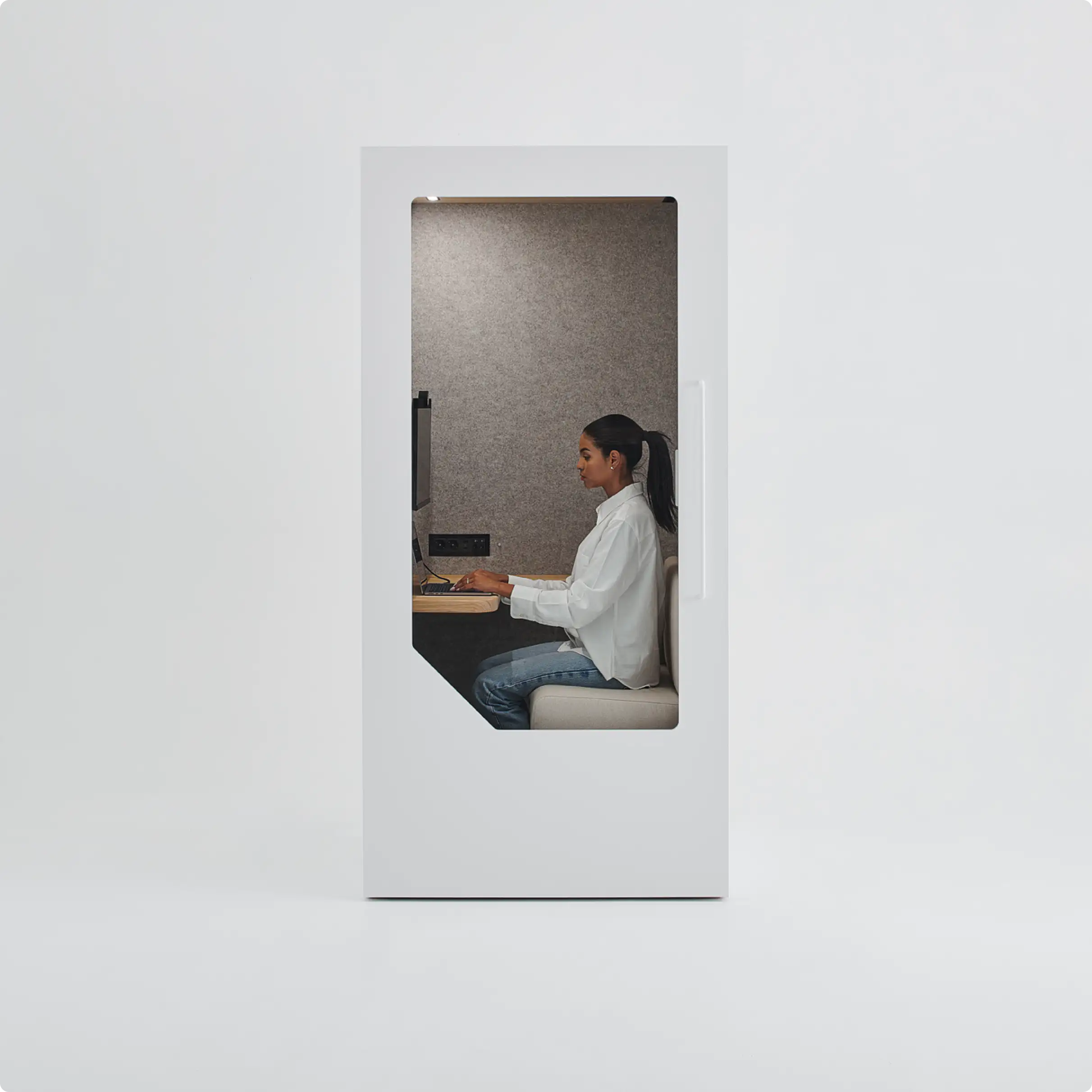
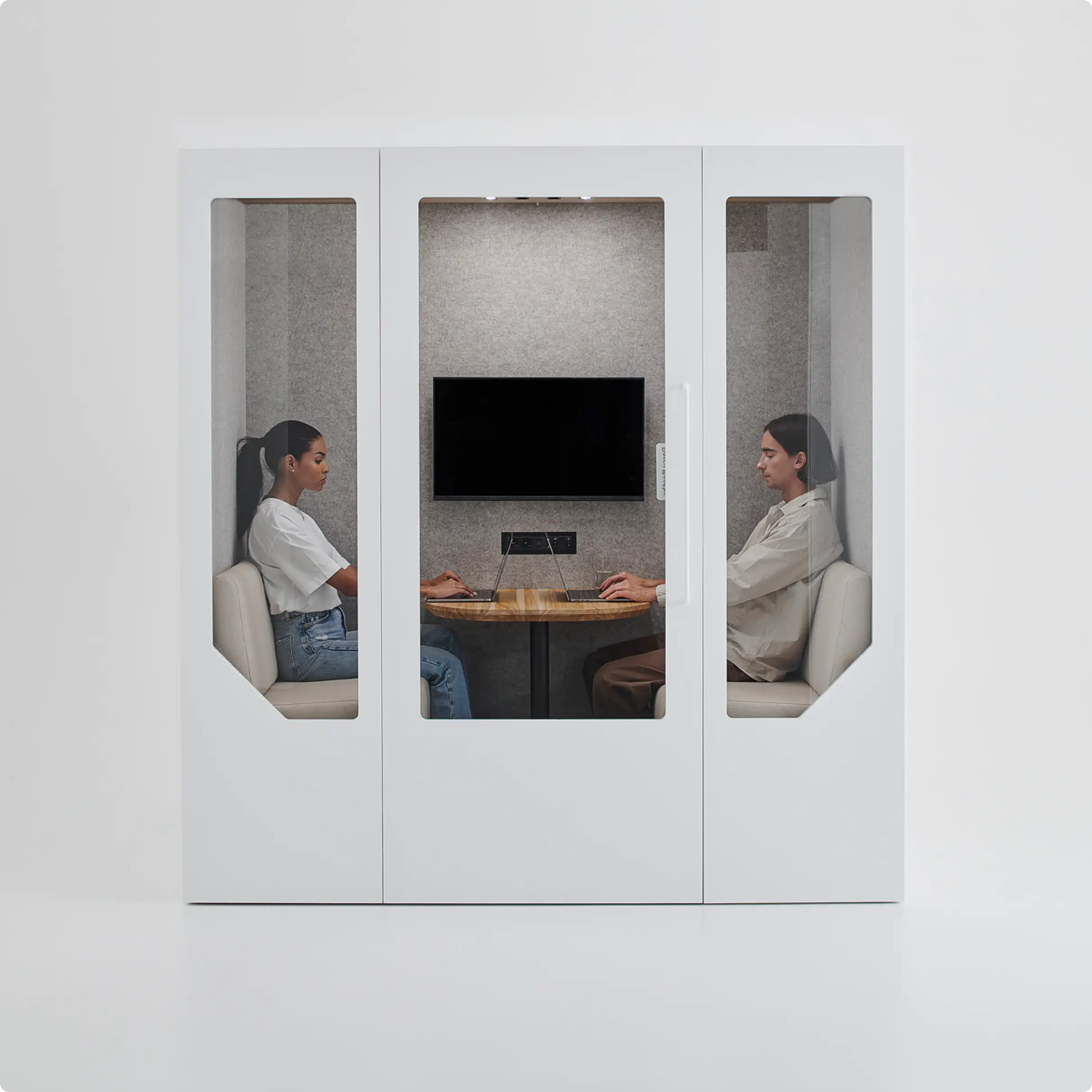
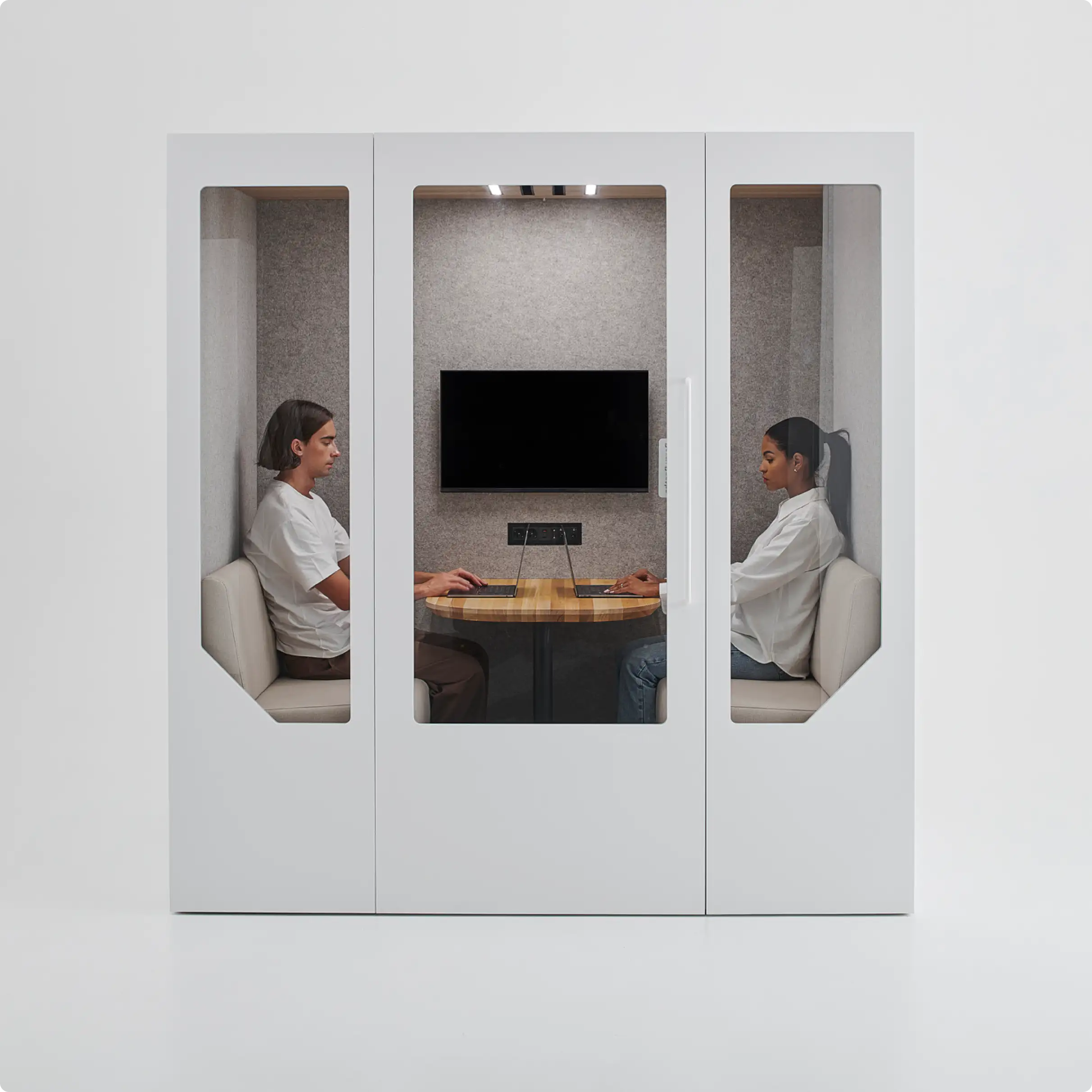



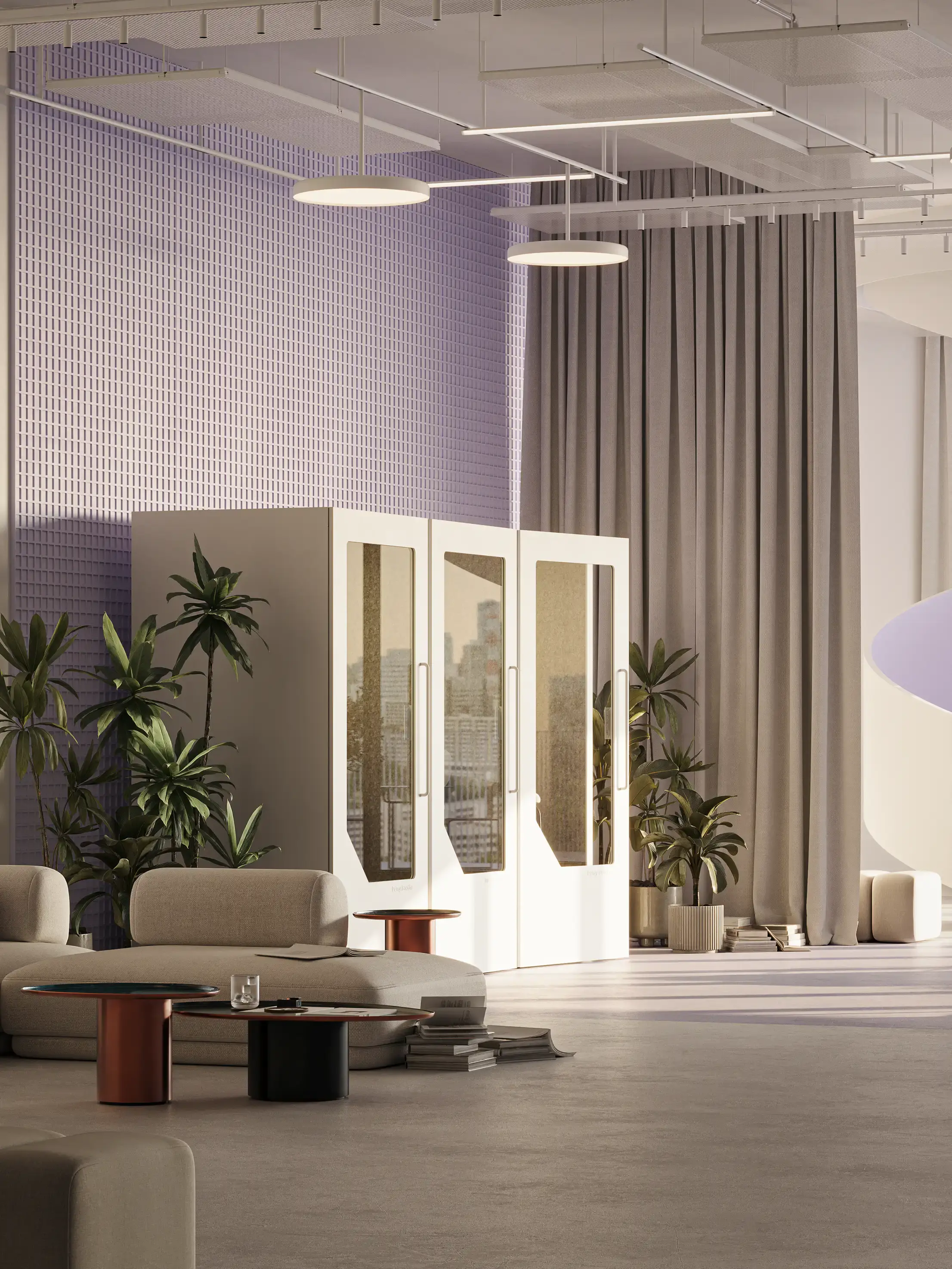
.avif)
.webp)

